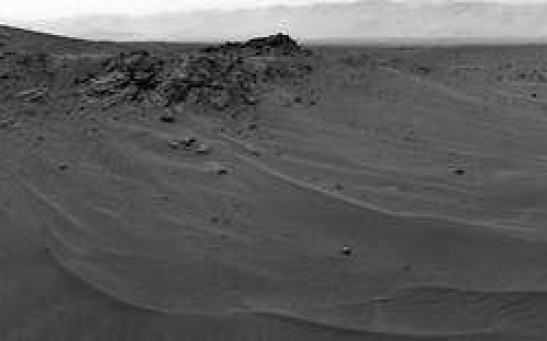astronomy
Musk Explains Rocket Landing Failure
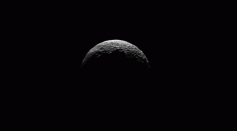
Dawn Sends Stunning New Pictures of Ceres
Laser Proposed to Blast Away Space Junk
Enough About Espresso—Here’s the Important Stuff that Landed on the International Space Station Today
The Budget Rocket Battle Has Begun with New Rocket Built to Take on SpaceX
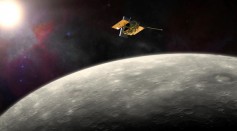
Messenger Probes Dramatic Death Scheduled for April 30

Espresso Machines Brings Civilized Society to ISS
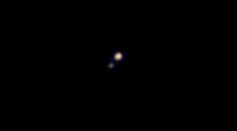
New Horizon's Sends Back First Color Image of Pluto and Charon
SpaceX Stage 1 Failed, But What Will Still Make It To the International Space Station?
Close, But No Cigar—SpaceX Rocket Recapture Fails Again

Scientists Believe That Venus Holds the Secret of How Life Developed on Earth
Round 2 For SpaceX’s 10-Point Landing
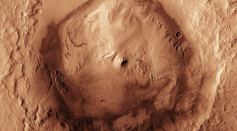
Curiosity Finds Compelling Evidence of Liquid Water Near Martian Surface
What’s New for SpaceX’s Falcon 9 Space Launch? Find Out Here and Watch It LIVE
Most Popular

How Technology Is Changing the Real Estate Industry?

Nikolay Karpenko Biography, Photo, Career, Accomplishments

How a Plant-Based Diet Can Protect Against Breast Cancer: Insights from Nutrition Research

The Role of AI in the Next Generation of Logistics: Insights from Tobias Waldhecker

